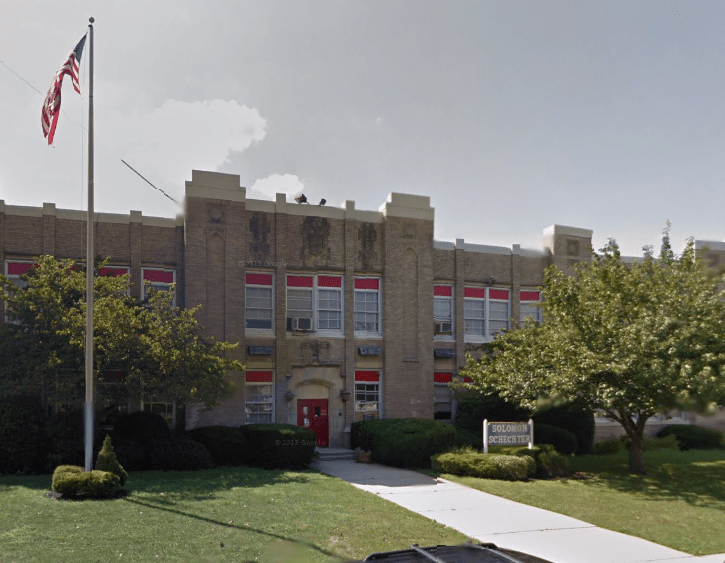
Two North Shore Jewish schools are among 35 in the U.S. implementing a new hands-on middle school program for science, technology, engineering and mathematics.
The Center for Initiatives in Jewish Education has launched its CIJE-Tech Middle School Program at the Schechter School of Long Island in Williston Park and Silverstein Hebrew Academy in Great Neck.
The program aims to give eighth-grade students hands-on science and technology experience while teaching them to collaborate and solve problems.
Over the course of a year, students will work together on projects such as building prosthetic limbs, bridges and advanced circuit systems.
It also trains teachers to lead a “self-directed classroom” where students determine their own solutions to problems, a CIJE release said. The center provides guidance and training for teachers, as well as the materials for the hands-on projects.
The program is one of three from CIJE that the Schechter School uses, continuing a long-standing relationship with the center.
It feeds into an engineering program for ninth- and 10th-graders, which is in its fourth year at Schechter. The school has also run CIJE’s “Excellence 2000,” an math and science after-school program for students in fifth through eighth grade, since 2008.
Deborah Lorber, a Schechter science teacher who coordinates the school’s CIJE programs, said the middle school program aims to “bridge the gap” between Excellence 2000 and the high school engineering program.
At Silverstein, the program is part of a “conscientious effort” to integrate STEM more thoroughly into the curriculum, Head of School Shireen Dean Butman said. The school has used other CIJE programs before, she said, and also teaches seventh- and eighth-graders the basics of building smartphone apps with a program called MAD-learn.
Hands-on projects like those the CIJE program uses are key to teaching STEM subjects for younger children because they make concepts concrete and easier to understand, Butman said.
“A lot of times it could be very cut and dry and it might be very unappealing, but when girls or boys are playing with it, building it, breaking it — it makes much more sense,” she said. “And then what we love to see is the transfer of that knowledge to understanding how things are created.”
Butman said she is glad to be able to give students at Silverstein, which teaches kindergarten through eighth grade, a STEM foundation before going into high schools like Schechter where they will go deeper with the subjects.
CIJE is allowing Schechter to implementing the middle school program differently from other schools, Lorber said.
Seventh-graders will get part of the curriculum in the classroom, while eighth-graders can join an after-school program that will teach the hands-on lessons.
Silverstein’s eighth-graders have responded well to the coursework so far, Butman said. The curriculum exposes them to complex subjects such as physics in “meaningful” ways that get the students interested in STEM broadly.
“It’s a great way for the kids to see beyond just the course,” she said.






